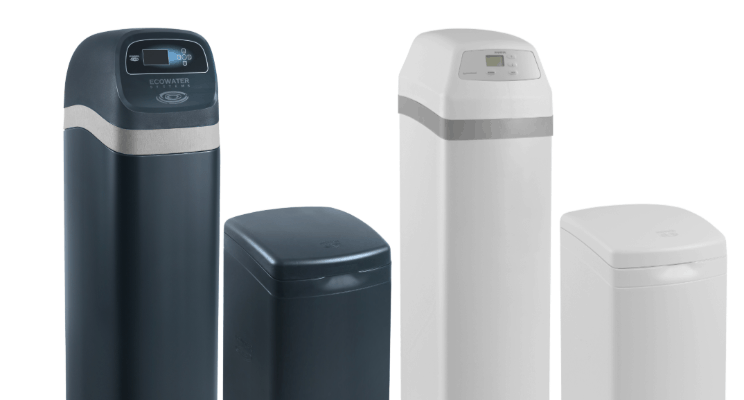You have this piece of equipment that probably sits in some dark corner of your basement. You rarely notice it except when it gets hungry, then, much like a medication, you administer a dose of………salt, hoping for soft water again soon. Sound familiar? This is the life of a water softener, sadly neglected until it is hungry or stops working altogether.
Have you ever wondered how your water softener actually works? The science behind it? Let us help explain what happens without getting all chemistry ridden. Your water softener creates an ion exchange process. Inside your softener tank are resin beads that have negatively charged ions. Your hard water contains dissolved solids of the minerals calcium and magnesium. Both of these components have positively charged ions. As water flows through your softener, the positive ions of the calcium and magnesium are attracted to the negative ions of the resin beads, much like the opposite sides of magnets. The calcium and magnesium cling to the resin beads removing them from your water. Your water now has that nice clean, smooth feel we call “soft” water.
However, after a few days, depending on your water usage, the resin beads are exhausted. They can no longer attract more positive ions (calcium/magnesium) and need to be rinsed. Your softener must regenerate/recharge to clear the resin of the “clingers” with the use of salt. There are five cycles to this process and it can take 90 – 120 minutes to complete. Because of this time frame, you should check your softener to make sure it is set for 2:00 am when few in your home, if anyone, are using water. Here are the five cycles of the typical water softener:
- Fill Cycle – your softener pumps water into your salt tank
- Brining Cycle – the water mixes with the salt to dissolve it and creates a salt brine to rinse the resin
- Brine Rinse – the salt brine is pumped from the salt tank into the resin tank to rinse the calcium and magnesium deposits from the resin and flush them to the drain
- Backwash – this flushes away any remaining minerals
- Fast Rinse – packs the resin and prepares it to return to service
So why salt you ask? Good question! Sodium also has positive charged ions. Because the brine it creates is dense, the positive ions of the sodium outnumber the positive ions of the calcium and magnesium and pull them away from the resin beads forcing them to the drain. This rinses the resin beads to ready them for more use.
Did you know all this chemistry was happening inside your water softener? Awesome, right?
If you run out of salt, refill your salt tank and manually recharge your softener immediately to obtain soft water as soon as possible. Please keep in mind that if you run out of salt, and your water has been hard, the water in your water heater will remain hard until it has been used and it can refill with softened water.
Hard water is the bad guy for any water-using appliances (dishwasher, water heater, wash machine, coffee maker, etc.) as well as hair and skin. It also causes you to use more soap to obtain good lather whether you are showering, washing dishes, or washing clothes. Check your salt level on a regular basis to avoid these issues.
Although your water softener has a lonely place in your home, check it regularly and you will be much happier. If Tri County Water Conditioning can be of help, please contact us.



